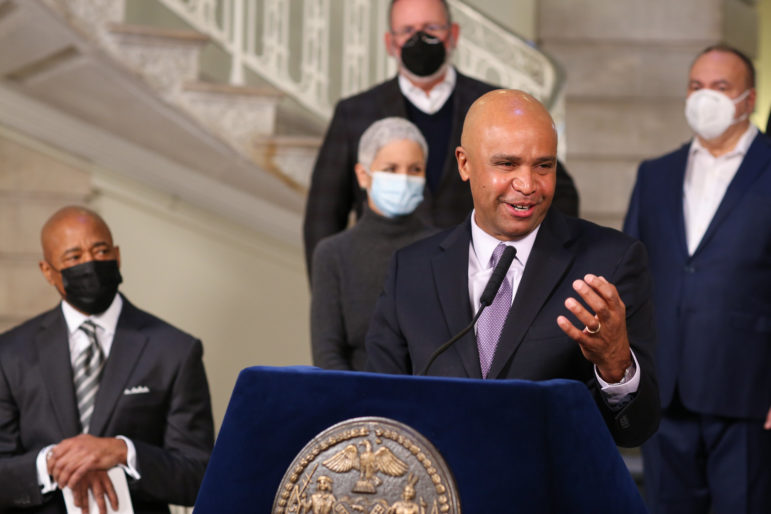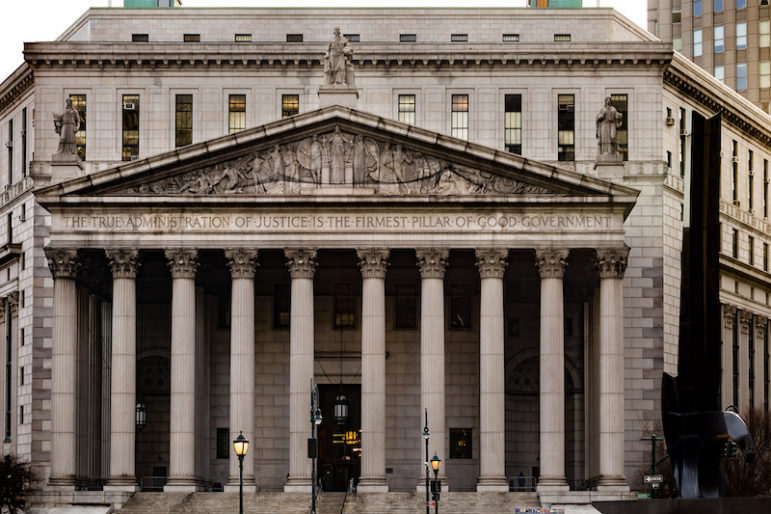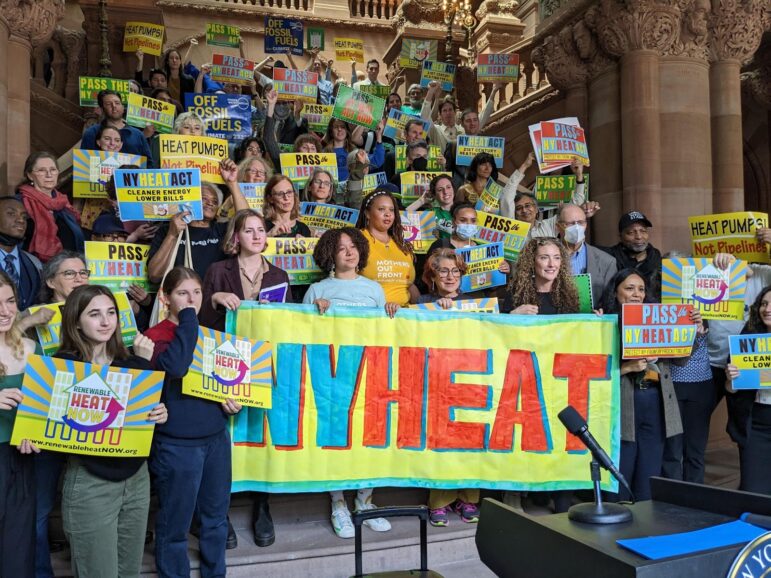“Before adding an energy consumption mandate with indeterminate costs and unknown impacts on the environment, infrastructure and affordable housing market, there should be a cool-down period for the city, state and federal government to study how—and even if—this can be achieved.”

Jeanmarie Evelly
The state-run Cooling Assistance Benefit provides eligible New Yorkers with up to $1,000 for the purchase and installation of an air conditioner.The City Council’s proposal for a mandatory air-conditioning program in residential rental housing would have chilling effects on the affordable housing infrastructure, not to mention how this lofty, constituent-pleasing aim would clash with New York City’s efforts—now nearing the end of phase one—to reduce greenhouse gasses. This kneejerk overreaction to a few weeks of sweltering summer temperatures would amount to another costly and contradictory overreaching government regulation whose implementation would land squarely on the shoulders of building owners.
In 2019, the City Council passed Local Law 97 in the Climate Mobilization Act as part of City Hall’s Green New Deal—requiring extensive building systems upgrades to reduce greenhouse gas emissions. That same year, the Albany state legislature implemented the Housing Stability and Tenant Protection Act (HSTPA), placing severe limitations on how building owners could fund building systems upgrades and apartment improvements. And this was just after the City Council expanded its heating laws by increasing the duration of the heating season and raising indoor temperature requirements, a law that has significantly increased the carbon emissions of every building in New York City.
Starting to see the contradictions within this maze of government mandates and regulations? Which brings us back to the latest City Council proposal—air-conditioning for everyone.
Councilmember Lincoln Restler’s proposal would require building owners to install—at their own expense—air-conditioners in every apartment. This proposed bill would also create a summer temperature standard (like the indoor requirements of the winter season) just as the first LL97 greenhouse emissions target reduction date is approaching, amounting to another costly and contradictory government regulation dumped on the providers of affordable housing.
That’s not to say an indoor summer temperature standard should be dismissed. In fact, for years building owners were widely implementing upgrades to cooling systems and providing air-conditioner access to renters. They didn’t need a government mandate. But then came the HSTPA in 2019—severely limiting the financial resources for electrical upgrades to support these systems—and LL97 mandating lower carbon emissions.
Building owners have been engaged in a multi-year planning and implementation schedule to meet LL97-mandated reductions in carbon output required by the end of this year, and to meet further reduction thresholds in 2030 and again in 2034. The sudden requirement of cooling systems in this latest City Council proposal would upend the ability of building owners to achieve LL97 environmental benchmarks. There’s that contradiction again.
With HSTPA placing restrictions on the financial resources needed for improvements to rent-stabilized apartments and buildings, coupled with Albany’s good cause eviction laws enacted a few months ago— which impose limitations on rent increases on many unregulated apartments—before adopting a cooling proposal, or exploring any other living condition improvements for privately owned buildings, we must move forward on a carbon-neutral, revenue-neutral practical path. Revenue-neutral is all the more crucial as funding any upgrade is challenging.
The unknowns of environmental and financial costs of a citywide cooling program, and the impact on the city and state’s electrical grid (there’s the LL97 contradiction again), demands that Councilmember Restler’s proposal first be tested—say, in a pilot program at NYCHA housing, which is uniquely situated to serve as a model with already existing federal support, administrative systems, and large onsite dedicated maintenance staffs.
It offers a reliable sample size: 177,569 apartments in 2,411 buildings, nearly 10 percent of the city’s multi-family landscape. A pilot would be zero cost to NYCHA residents and minimal cost to the city because federal programs already provide cooling assistance funds to income-qualified households—up to $800 per window, portable air-conditioner or fan, and up to $1,000 for an existing wall sleeve unit.
Most importantly, this pilot would bring wide-scale air-conditioning to an underserved and generally economically stressed community, while providing the ability to study electrical and carbon impacts, assess costs, create a model carbon-neutral program, and provide a comprehensive look into how a cooling season and program might operate.
It would provide a solid feasibility assessment of environmental impact and determine the effects on LL97 thresholds. Program modifications could lead to best practices to achieve carbon neutrality by adjusting temperature thresholds and heating and cooling season dates. Impacts on the electrical grid could be gauged incrementally before introducing a widespread escalation in usage.
Before adding an energy consumption mandate with indeterminate costs and unknown impacts on the environment, infrastructure and affordable housing market, there should be a cool-down period for the city, state and federal government to study how—and even if—this can be achieved. The last thing renters and building owners need is another burdensome, costly and conflicting government mandate.
Strasburg is president of the Rent Stabilization Association, whose diverse members own and manage millions of apartments in thousands of buildings in the five boroughs.








